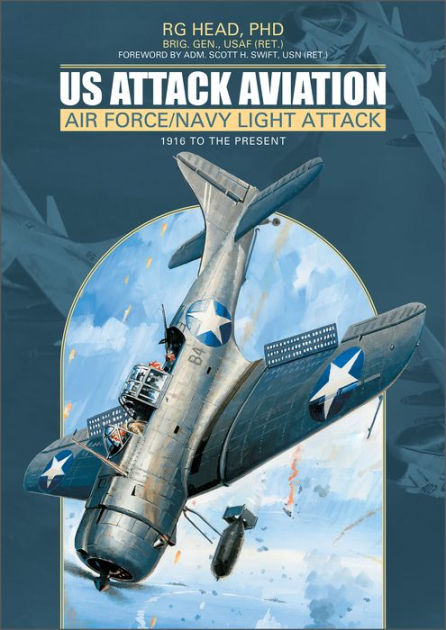- Thread starter
- #21
NACA report, dated November 1940, where XP-41 gains 18 mph by implementation of individual exhaust stacks: linkUnless you use a time machine you don't get the better cowls/exhaust in production in early 1942.
NACA was also doing the similar tests with XP-42 in winter of 1941/42.

